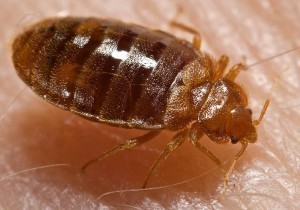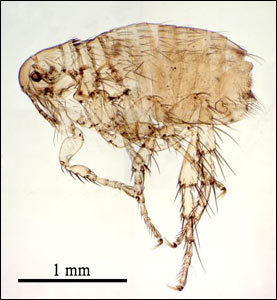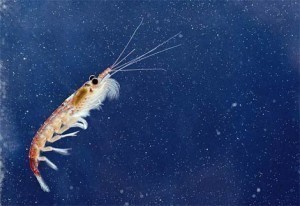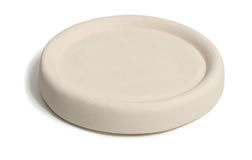How Big is a Bed Bug Nymph



How Big is a Dog Flea? It is about the same size as a cat flea, approximately 2.5 millimeters for an adult flea and around 0.5 millimeters for the egg. Fleas can infest your dog as well as your homes so it’s best to treat both areas when getting rid of the fleas.

Anglers and fishermen have sighted and caught several freshwater fish, some of which are incredibly large. Some of the largest freshwater fish caught include stingrays and catfish. Discover the biggest freshwater fish ever caught and how much it weighs.

The krill is a shrimp-like creature that lives in the seas around the planet. A crustacean, the krill plays an important role in the preservation of the ocean’s ecosystem. Understand the facts about the size of a krill and their behavior.

Dog pregnancy only lasts for an average of two months. There may be physical and behavioral changes observable in your pregnant dog. Proper care and nutrition is needed to ensure that both mother and puppies are in good and healthy condition.

The boil over preventer is a kitchen tool used to keep liquid from getting too hot. The boil over preventer is also known as a pot watcher or milk guard. Get insights into the different boil over preventer sizes and how it works.

The swimming pools used in the Olympics are built according to very specific measurements. Everything, from the dimensions to the lanes to the temperatures are regulated. Delve into the Olympic pool size dimensions and how they compare with public and private pools.